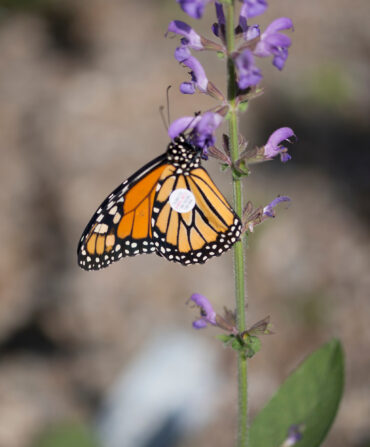When it comes to slow-maturing sea turtles, conservation is a game of delayed gratification. Following a strong season last year, 2020 is shaping up to be another big year for sea turtle hatchlings. Thousands upon thousands will be emerging from now through August and into the fall, and researchers say that the numbers of nests they’re seeing are the long-awaited result of conservation measures put in place two to three decades ago, including turtle excluder devices on trawling boats and nest-monitoring initiatives. “The season has been amazing,” says Dr. Justin Perrault, the director of research at Loggerhead Marinelife Center in Juno Beach, Florida. “We are already in the top five of our historical nesting numbers, and the nesting season isn’t even done, so we are doing really well compared to last year and overall.”
Florida is the epicenter of sea turtle nesting in the U.S., and Juno Beach is one of the state’s busiest stretches. Its 9.5 miles of shoreline has so far this year seen 14,000 nests. Loggerhead nests make up the majority of that number at nearly 12,000, but leatherbacks and green sea turtles also use Juno as a nesting ground, and they, too, are having a strong year. The peak season for hatching is July, August, and September, and so far Juno Beach has seen 2,300 nests hatch for all three species.
Each nest is several feet deep, and the turtles actually hatch from their eggs up to three days before they come up out of the sand. The emergence itself depends on a little natural engineering. “It’s like an elevator,” Perrault explains. “The turtles wiggle in unison, and the sand above them falls below them. That brings them up, and then they rest and keep doing it.”
At South Carolina’s Edisto Beach State Park over the weekend, a lucky volunteer came upon the elevator mechanism at work during a rare daytime loggerhead hatching. Hatchlings usually emerge at night, as the turtles know it’s a good time to come up when the top layer of sand is at cooler temperatures, but they can sometimes be tricked by a rain that cools the sand.
Once out of the nest, the turtles instinctively move away from dark silhouettes—the dunes—and toward the brightest horizon, which should be the ocean if there’s no artificial light interfering. Then, it’s a mad dash for the water. The journey is fraught with danger, including obstructions from garbage, sandcastles, or holes in the sand, and predation from birds. Once the hatchlings reach the ocean, more predators await. No one is certain what the exact survival rate of baby sea turtles is, but it’s safe to say that it’s very low, Perrault says, potentially even lower than the commonly tossed about statistic of 1 in 1,000. In the face of those daunting odds, a female sea turtle lays nests of between 80 to 110 eggs and lays more than one nest each season; one tagged female this year on Juno Beach laid eight nests.
But that doesn’t mean it’s easy to see a “boil”—when the sand of a nest starts churning before the babies emerge —or the hatchlings making their way to the ocean, a process that can take anywhere from fifteen minutes to an hour. “Even with the nests that are quite literally everywhere on our beach, you still have to get really lucky to see it,” Perrault says. Check out the video below of Juno Beach loggerhead hatchlings to see what Perrault describes as a “pedal to the metal” rush to the water—and to the dangers, and hope, that lie beyond.
Video courtesy of Loggerhead Marinelife Center
Also read: How to Save a Loggerhead








